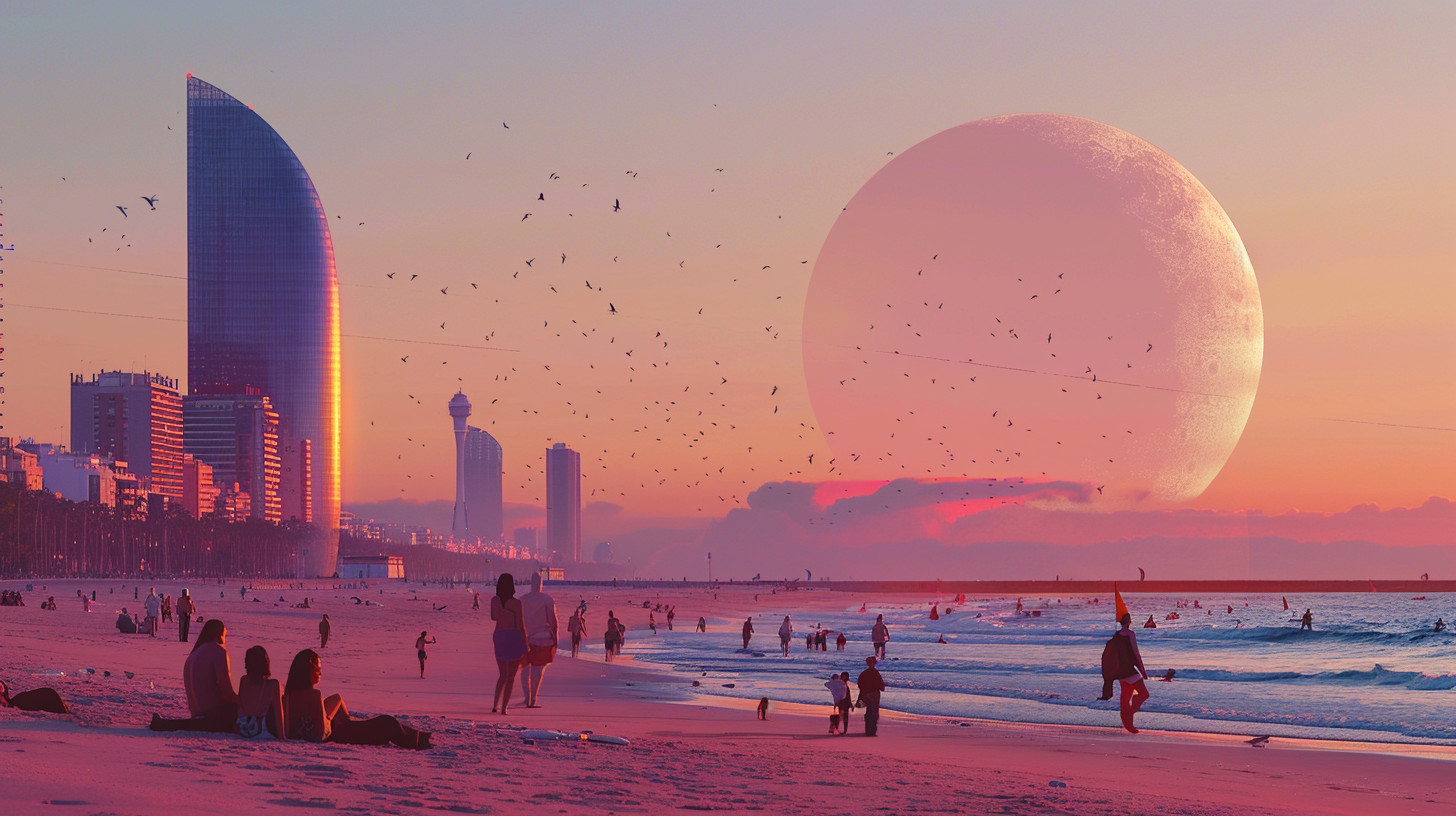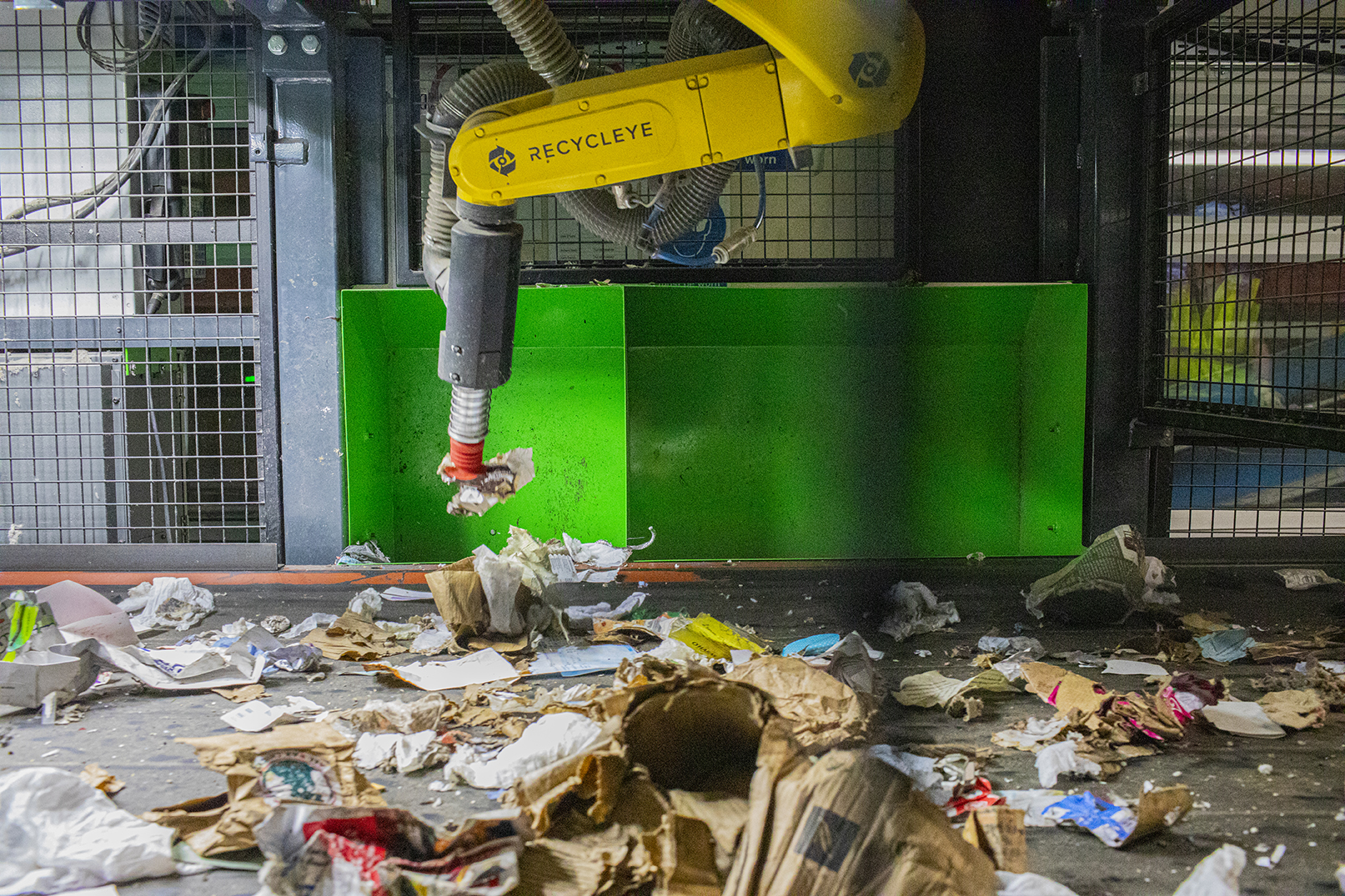MADRID (EUROPA PRESS).– Astronomers used the James Webb Space Telescope for the first time to take live images of a planet outside the Solar System, according to NASA.
The exoplanet captured is a gas giant, meaning it has no rocky surface and is uninhabitable.
The image, viewed through four different light filters, shows how James Webb’s infrared gaze could easily capture worlds outside the Solar System, showing the way for future observations that will reveal more information about exoplanets than ever before.
“This is a transformative moment, not only for Webb but for astronomy in general,” said Sasha Hinkley, professor of physics and astronomy at the University of Exeter in the UK, who led this international collaborative observation.
Webb is an international mission led by NASA in collaboration with its partners, ESA (European Space Agency) and CSA (Canadian Space Agency).
The exoplanet in Webb’s image, called HIP 65426 b, has a mass between 6 and 12 times the mass of Jupiter, and these observations could help shrink it even further. It is between 15 and 20 million years old, for 4.5 billion Earth years.
The researchers have analyzed the data from these observations and are preparing a paper that they will submit to a journal for peer review. But Webb’s first capture of an exoplanet already hints at future possibilities for studying distant worlds.
Because HIP 65426 b is about 100 times farther from its parent star than Earth is from the Sun, far enough from the star that Webb could easily separate the planet from the star in the image.
The Webb Near Infrared Camera (NIRCam) and Central Infrared Instrument (MIRI) are equipped with a coronagraph, which is a collection of tiny masks that block out starlight, allowing Webb to take live images of certain exoplanets such as Timur.
NASA’s Nancy Grace Roman Space Telescope, slated for launch later this decade, will show an even more sophisticated coronagraph. “It’s impressive how well the Webb coronagraph works to suppress light from its host star,” Hinkley said.
Taking live pictures of exoplanets is challenging because stars are much brighter than planets. The planet HIP 65426 b is more than 10,000 times fainter than its parent star in the near infrared and several thousand times fainter in the middle infrared.
In each filter image, the planet appears as a patch of light with a slightly different shape. That’s because of the idiosyncrasies of Webb’s optical system and how it translates light through different optics.
“Getting this image is like searching for space treasure,” said University of California postdoctoral researcher Aarynn Carter, who led the analysis of the image. “Initially all I could see was light from the stars, but with careful image processing, I was able to remove that light and find the planet,” he added.
While this isn’t the first direct image of an exoplanet taken from space (the Hubble Space Telescope has captured live images of an exoplanet before), HIP 65426 b points the way forward for Webb’s exoplanet exploration.
“I think the most exciting thing is that we are just getting started. There are many more images of exoplanets to come that will shape our overall understanding of their physics, chemistry and formation. We may even discover previously unknown planets as well,” he concluded. Charter.

“Entrepreneur. Internet fanatic. Certified zombie scholar. Friendly troublemaker. Bacon expert.”







